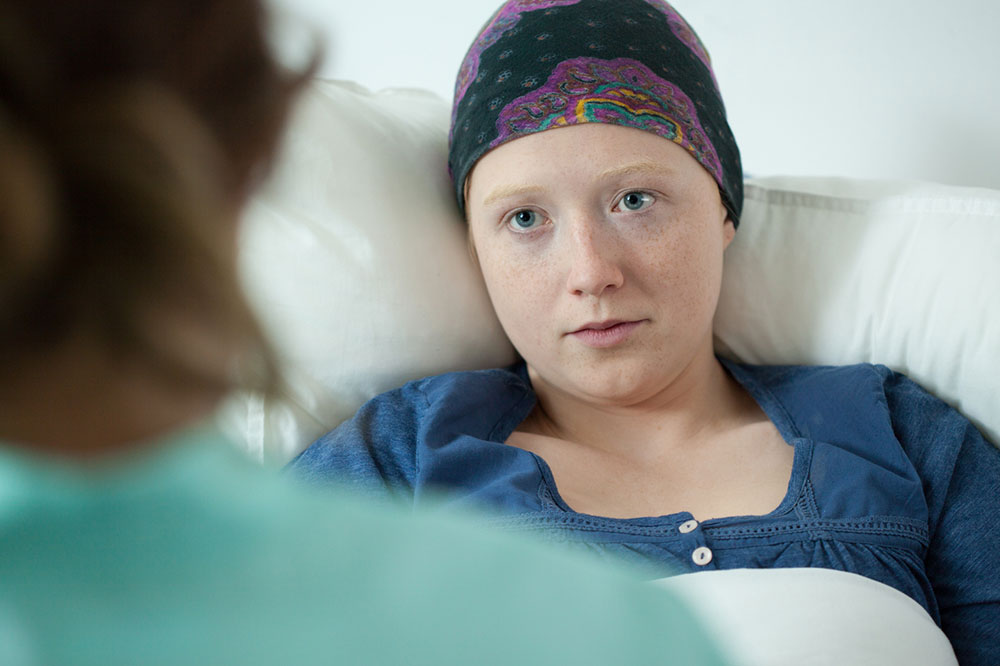
Symptoms of Different Types of Leukemia
Leukemia primarily involves the WBCs (White Blood Cells) that fight infections. In normal circumstances, WBCs divide and grow as required by the body. However, this does not happen among people with leukemia. Their bone marrow yields abnormal WBCs, which do not function well. Read on to know the symptoms of different types of leukemia.
Common symptoms of leukemia
Though the symptoms of leukemia depend on the type of leukemia, there are a few symptoms that are common in all types of leukemia.
- Chills
- Fever
- Weakness
- Fatigue
- Severe or frequent infections
- Incomprehensible weight loss
- Enlarged liver
- Swollen lymph nodes
- Frequent nosebleeds
- Bleeding or bruising easily
- Tenderness or pain in the bone
The symptoms of different types of leukemia
The symptoms of different types of leukemia vary. Some develop in children, while others are prevalent only in adults.
Acute lymphocytic leukemia (ALL) symptoms
Symptoms of ALL are quite similar to the symptoms of flu. They include
- Fatigue
- Not feeling hungry
- Weakness
- Fever
- Headaches
- Body ache
- Vomiting
- Pale skin
In addition to these, there are a few more signs of ALL, such as:
- Frequent infections
- Bruising easily
- Bleeding gums
- Nosebleeds
- Loss of weight
- Breathlessness
- Swollen lymph glands around the stomach, underarm, neck, or groin
Chronic lymphocytic leukemia (CLL)
Most people who have CLL do not show any symptoms in the early stages. However, those who do showcase signs may experience:
- Lymph nodes grow in size, but they are painless
- Fever
- Fatigue
- Fever
- Sweating at night
- Loss of weight
- Frequent infections
- Restlessness or pain in the abdomen, possibly because of splenomegaly
Hairy cell leukemia (HCL)
The top symptoms of HCL are:
- Constant feeling of tiredness
- Weakness
- Recurrent fever
- Recurrent infections
- Bleeding easily
- Bruising easily
- Incomprehensible weight loss
- Breathlessness
- Pain below the ribs
- A permanent feeling of fullness
- Swollen lymph nodes
- Formation of painless lumps in the groin, stomach, neck, or underarm
It is essential to know that these symptoms can be caused by other non-cancerous diseases or disorders. Thus, you must consult a doctor to ensure a timely and accurate diagnosis.
Myelodysplastic syndromes (MDS) symptoms
MDS usually does not cause any symptoms in the early stages. However, with the disease’s progression, one might experience the following symptoms.
- Breathlessness
- Fatigue
- Unusual paleness, which may occur because of anemia
- Unusual bruising
- Bleeding easily, which might happen because of thrombocytopenia, which is the low blood platelet count
- Frequent infections, which occurs as a result of the low WBC count in the body (leukopenia)
- Formation of point sized red spots just under your skin, which occur because of bleeding (petechiae)
It is vital to be vigilant, especially if one experiences more than a few of the above-listed symptoms.



